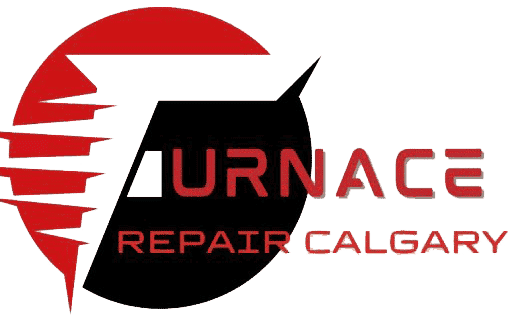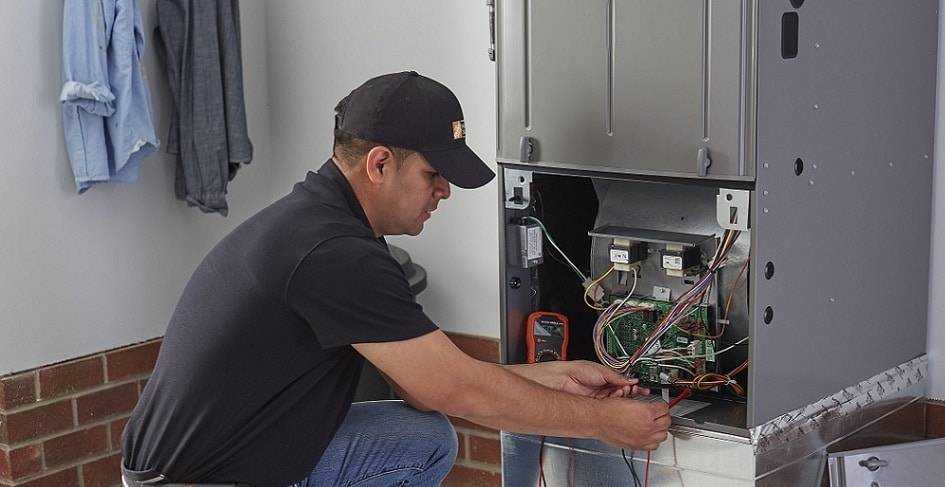Indoor Air Quality Calgary | Remove Dangerous Contaminants
Indoor air quality Calgary risks — We all face health risks every day as we go about our lives, such as flying in planes. Some risks are simply unavoidable. Some we choose to accept because to do otherwise would restrict our ability to lead our lives the way we want. And some are risks we might decide to avoid if we had the opportunity to make informed choices. Indoor air pollution is one risk that you can avoid.
In the last several years, a growing body of scientific evidence has indicated that the air within homes and other buildings can be more seriously polluted than the outdoor air in even the largest and most industrialized cities. Further research suggests that people spend approximately 90 percent of their time indoors.
Thus, the health risks may be more significant for many people due to exposure to air pollution indoors than outdoors.
Furnace Repair Calgary offers the following IAQ services: duct cleaning, whole-house humidifers, and premium filters.
In addition, people exposed to indoor air pollutants for long periods are often those most susceptible to the effects of indoor air pollution. Such groups include the young, the elderly, and the chronically ill, especially those suffering from respiratory or cardiovascular disease.
While pollutant levels from individual sources may not pose a significant health risk by themselves, most homes have more than one source that contributes to indoor air pollution. There can be a severe risk from the cumulative effects of these sources. Fortunately, there are steps that most people can take both to reduce the risk from existing sources and to prevent new problems from occurring.

WORK GALLERY
What Causes Indoor Air Quality Problems in Calgary?
Indoor pollution sources that release gases or particles into the air are the primary cause of home indoor air quality problems. Inadequate ventilation can increase indoor pollutant levels by not bringing in enough outdoor air to dilute indoor sources emissions and not carrying indoor air pollutants out of the home. High temperature and humidity levels can also increase concentrations of some contaminants.
Pollutant Sources
There are many sources of indoor air pollution in any home. These include:
- combustion sources such as oil, gas, kerosene, coal, wood, and tobacco products;
- building materials and furnishings as diverse as deteriorated, asbestos-containing insulation, damp carpet, and cabinetry or furniture made of certain pressed wood products;
- products for household cleaning and maintenance, personal care, or hobbies;
- central heating and cooling systems and humidification devices; and
- outdoor sources such as radon, pesticides, and outdoor air pollution.
The relative importance of any single source depends on how much of a given pollutant it emits and how hazardous those emissions are. In some cases, factors such as how old the source is and whether it is properly maintained are significant. For example, an improperly adjusted gas stove can emit significantly more carbon monoxide than an appropriately adjusted one.
Some sources, such as building materials, furnishings, and household products like air fresheners, release pollutants more or less continuously. Other sources related to activities carried out in the home release pollutants intermittently. These include:
- smoking;
- the use of unvented or malfunctioning stoves;
- furnaces, or space heaters;
- the use of solvents in cleaning and hobby activities;
- the use of paint strippers in redecorating activities; and
- the use of cleaning products and pesticides in housekeeping
High pollutant concentrations can remain in the air for long periods after some of these activities.
Amount of Ventilation
If too little outdoor air enters a home, pollutants can accumulate to levels that pose health and comfort problems. Except for homes with unique mechanical means of ventilation, modern homes minimize the amount of outdoor air that can “leak” into and out of the home may have higher pollutant levels than other homes. However, because some weather conditions can drastically reduce the amount of outdoor air entering a home, pollutants can build up even in homes that are typically considered “leaky.”
How Does Outdoor Air Enter a House?
Outdoor air enters and leaves a house by:
- infiltration;
- natural ventilation; and
- mechanical ventilation.
In a process known as infiltration, outdoor air flows into the house through openings, joints, and cracks in walls, floors, and ceilings, and around windows and doors. In natural ventilation, air moves through opened windows and doors. Air temperature differences between indoors and outdoors and wind cause air movement associated with infiltration and natural ventilation.
There are several mechanical ventilation devices, such as outdoor-vented fans and air handling systems. Outdoor-vented fans intermittently remove air from a single room, such as bathrooms and kitchen. Air handling systems use fans and ductwork to continuously remove indoor air and distribute filtered and conditioned outdoor air to strategic points throughout the house.
The air exchange rate refers to the speed at which outdoor air replaces indoor air. When there is little infiltration, natural ventilation, or mechanical ventilation, the air exchange rate is low, and pollutant levels can increase.
Symptoms of Poor Indoor Air Quality in Calgary
If you don’t smoke or live near a central industrial area or highway, you may be thinking that your indoor air quality is probably fine, even if it gets a bit stale in winter. We hope that’s the case, but for many homes, it’s not.
One important indication of an indoor air quality problem is your health.
Do you experience problems like these every winter?
- Dry, itchy skin, eyes or nose.
- Aggravated allergy symptoms.
- Increased/ongoing sore throat problems, even when you don’t have other cold symptoms.
- Increased asthma problems.
- Do you always have cold symptoms, and your doctor says you’re fine otherwise?
Poor indoor air quality could be the cause. In winter, your windows are closed, and your heating equipment mostly recirculates the air inside your home. In an enclosed space, problems with your air can get worse.
Even if your home looks clean, these problems can still exist. In fact, according to Health Canada, airborne pollutants are a significant contributor to asthma.
Want Better Air Quality in Your Home?
Furnace filters and other air quality systems can help you get improved health and more enjoyment out of your home. Furnace Repair Calgary’s air quality experts can help you find the right solutions to improve the air you and your family are breathing.
If your indoor air requires improvement, we carry a complete line of:
- Humidifiers and dehumidifiers.
- Furnace air filters, including HEPA systems and systems that can handle pollutants like VOCs.
- Air purifiers, including UV systems that kill bacteria and mould spores.
- We also provide duct cleaning services.
These air-cleaning systems are more effective and efficient than the simple filter cartridges that you buy at the hardware store to protect your furnace. Our systems clean the air for your entire home, and we can recommend the right filtration system for your needs.
Can your indoor air quality use some improvement? Call the IAQ experts at Furnace Repair Calgary at (587) 316-1027. We have air quality systems for every budget and every size and type of home. Our air quality systems use the latest air filtering and air purifying technology to remove contaminants from the air in your home. Instead of cleaning the air in one room, our fully-integrated air quality systems ensure that every room in your home gets the best air quality possible.

